Stefan Zweig’s The World of Yesterday – The Enduring Appeal of a Masterpiece
Discovering the Past Through a Literary Lens
In the realm of literary masterpieces that offer a window into the past, Stefan Zweig’s memoir, ‘The World of Yesterday: Memoirs of a European,’ stands as a monumental work. This memoir does more than just chronicle the life of one of the most intriguing European writers of the 20th century. It serves as a key to unlocking the intricate tapestry of Vienna and the Austro-Hungarian Habsburg Empire, a task that Zweig accomplishes with unmatched eloquence and depth.
My Personal Encounter with Zweig’s Vienna
As someone who has experienced the enchanting city of Vienna firsthand, delving into Zweig’s memoir was like wandering through a living history museum. Each page echoed with the rhythms of a city that once stood as the epicentre of an empire. My own walks along the Ringstrasse, the grand boulevard encircling the historic city centre, resonated with the narratives of Zweig, transforming the architectural marvels from mere structures to silent storytellers of a bygone era.
Zweig’s Vienna: A City of Intellectuals and Artists
Zweig’s portrayal of Vienna’s legendary coffee houses, like Café Central, where the intellectual discourse was as rich as the coffee served, brought to life my experiences in these historic locales. Sitting in these cafes, I felt connected to the past, envisioning Zweig in deep thought or spirited discussion at a nearby table. The aroma of coffee blending with the scent of old books seemed to create a tangible link to Zweig’s world, a world where the past and present coexist.
Vienna’s Transformation Through Zweig’s Eyes
Through Zweig’s eyes, I saw the transformation of Vienna from the heart of a vibrant empire to a city grappling with change. His reflections on the Austro-Hungarian Habsburg Empire, interwoven with personal anecdotes, painted a nuanced picture of a society at the crossroads of history. The memoir became a bridge for me, linking the grandeur of the old empire with the vibrant, cosmopolitan Vienna of today.
A Journey Beyond the Pages
Reading ‘The World of Yesterday’ was not just an educational endeavor; it was an emotional journey that deepened my understanding of Vienna’s historical significance. Zweig’s narrative transcended the boundaries of time, offering insights that were as relevant today as they were a century ago. His memoir is a testament to the enduring legacy of a city that continues to whisper echoes of its imperial past.
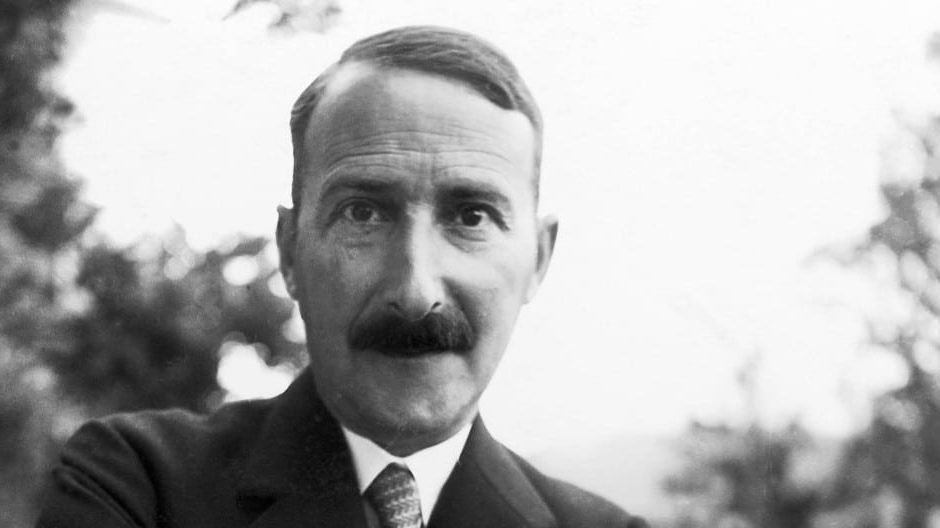
Stefan Zweig: The Quintessential European Writer
Zweig’s Rich Viennese Heritage
Born into Vienna’s Cultural Melting Pot
Born into a wealthy Jewish family in Vienna in 1881, Stefan Zweig became one of the most celebrated writers of his time. His early life in the vibrant cultural milieu of Vienna laid the foundation for his future literary pursuits. Zweig’s Vienna was a city teeming with artistic and intellectual fervour, a characteristic that deeply influenced his writing and worldview.
My Reflections on Zweig’s Viennese Roots
Having explored the same streets and neighbourhoods of Vienna that shaped Zweig’s early years, I can attest to the enduring spirit of creativity and intellectualism that permeates the city. Walking through the narrow alleys of the Innere Stadt, Vienna’s historic centre, it’s easy to envision a young Zweig absorbing the rich cultural heritage that surrounded him. The grandeur of the Hofburg Palace and the quietude of the Burggarten Park must have been a source of endless inspiration for the budding writer.
Zweig’s European Odyssey
A Writer Without Borders
Zweig’s journey as an author, playwright, journalist, and biographer saw him traversing across Europe, leaving an indelible mark in cities like Paris, Berlin, and London. His travels across the continent enriched his understanding of European culture and politics, making him a true citizen of Europe. Zweig’s writings, infused with his experiences from these diverse cultural capitals, reflect a deep comprehension of the European ethos.
Tracing Zweig’s Footsteps Across Europe
As someone who has journeyed through these same European cities, following in the footsteps of Zweig, I have experienced firsthand the diverse cultural landscapes that influenced his work. In Paris, the city of lights, I could feel the same artistic pulse that must have captivated Zweig. In Berlin, the juxtaposition of history and modernity seemed to echo Zweig’s own experiences during his visits. And in London, the blend of tradition and cosmopolitanism provided a glimpse into the varied influences that shaped his literary career.
Zweig’s Enduring Legacy
A Literary Giant and Humanist
Stefan Zweig was not just a writer; he was an embodiment of a Viennese and European citizen. His life and work, deeply influenced by the cultural and political upheavals of his era, resonate with contemporary audiences. Zweig’s ability to capture the human experience in his writings, coupled with his profound empathy and psychological insight, has cemented his status as a literary giant.
Personal Insights into Zweig’s Influence
Reflecting on Zweig’s legacy, I see his influence not only in the literary world but also in the broader cultural fabric of Europe. His writings offer a timeless perspective on the complexities of human nature and the societal forces that shape our world. Zweig’s legacy, much like the cities he loved, is a testament to the enduring power of literature to transcend time and place, providing insights and reflections that continue to inspire and educate.
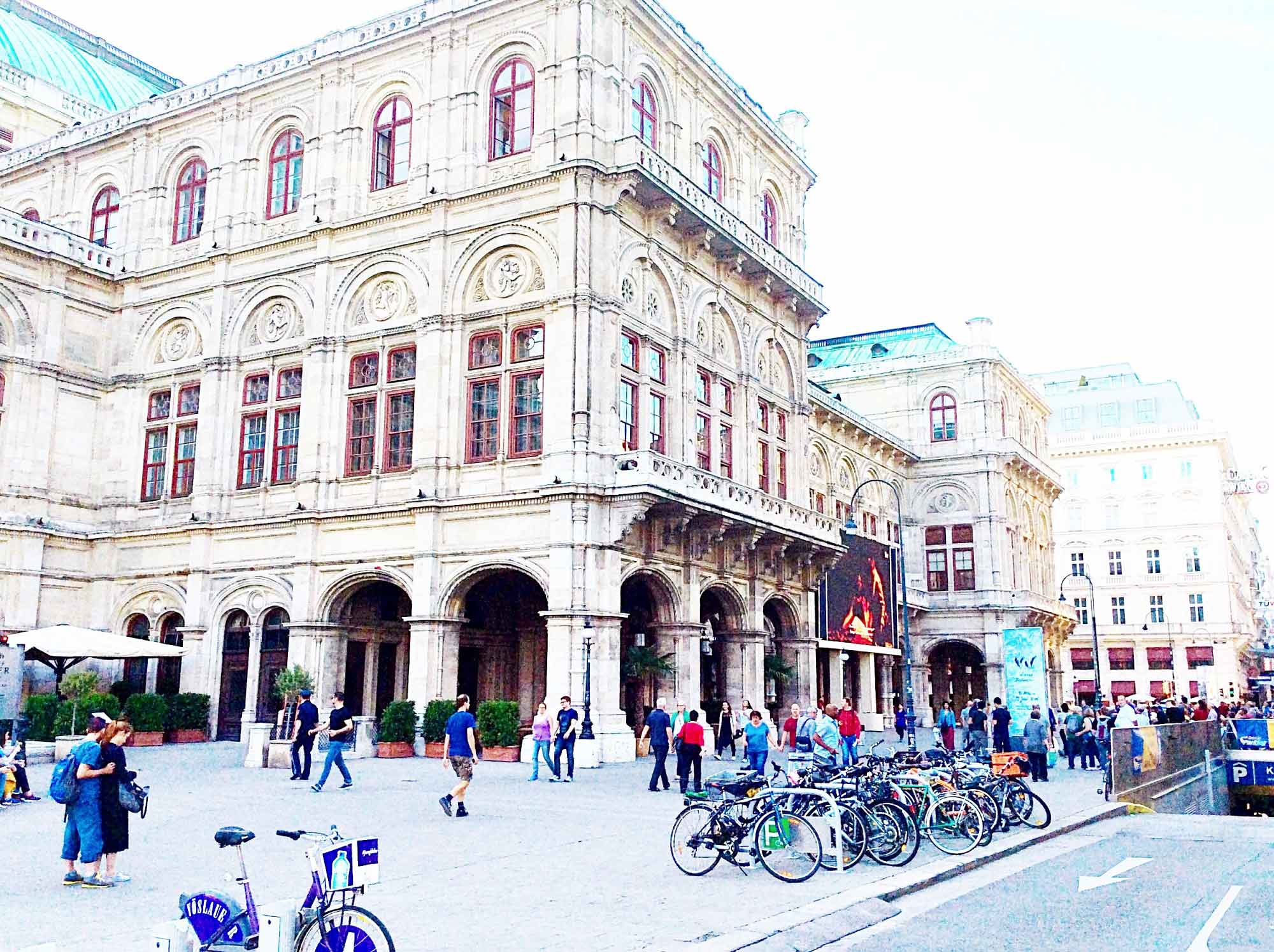
Unveiling the Essence of Europe in Zweig’s ‘The World of Yesterday’
The World of Yesterday: A Mirror to Europe’s Soul
Zweig’s Intimate Chronicle of a Changing Europe
Stefan Zweig’s ‘The World of Yesterday: Memoirs of a European’ stands as a poignant and deeply personal account of his life against the backdrop of a Europe in the throes of monumental changes. As someone who has traced the echoes of Zweig’s journey through the streets of Vienna, I found his memoir to be more than just a historical record. It is a deeply intimate look into the heart and soul of a continent grappling with transformation.
A Personal Connection to Zweig’s Vienna
Exploring the streets of Vienna, where Zweig spent his formative years, I felt a profound connection to the narratives woven throughout his memoir. The grandeur of the Hofburg Palace, the imperial charm of the Belvedere, and the intellectual atmosphere of the University of Vienna all speak volumes of the city’s past glory that Zweig describes. His depiction of Vienna as the heart of an empire transitioning into a Republic resonates with anyone who has witnessed the city’s blend of imperial legacy and modern vibrancy.
Zweig’s Observations: A Guide to Understanding Europe
Insights into Vienna’s Transformation
Zweig’s memoir provides invaluable insights into a pivotal period in European history, especially Vienna’s transformation. His observations on the cultural, social, and political upheavals that reshaped Vienna from the capital of a vast empire into a modern republic are not just historical accounts; they are a testament to the enduring spirit of a city that has witnessed the rise and fall of empires.
Experiencing History Through Zweig’s Eyes
Having walked the same paths that Zweig once did, from the lively streets of the Innere Stadt to the serene Danube banks, each step felt like a journey through time. Zweig’s reflections on the Austro-Hungarian Empire’s decline, the tumult of the First World War, and the rise of modernism offer a unique perspective that enriches the understanding of anyone familiar with Vienna’s historic charm.
Zweig’s Narrative: A Bridge Between Eras
Connecting Past and Present
In ‘The World of Yesterday,’ Zweig bridges the gap between the past and the present. For those of us exploring the historical depth of Vienna, his memoir serves as a guide, illuminating the paths once trodden by emperors and artists alike. His narrative is a compelling journey through time, showcasing how the remnants of a bygone era continue to shape the city’s contemporary identity.
A Journey of Reflection and Discovery
As I delved deeper into Zweig’s memoir, it became more than a book; it transformed into a journey of reflection and discovery. His personal stories, interwoven with the grand narrative of European history, provided a framework to view Vienna not just as a city but as a character in its own right — complex, evolving, and endlessly fascinating.
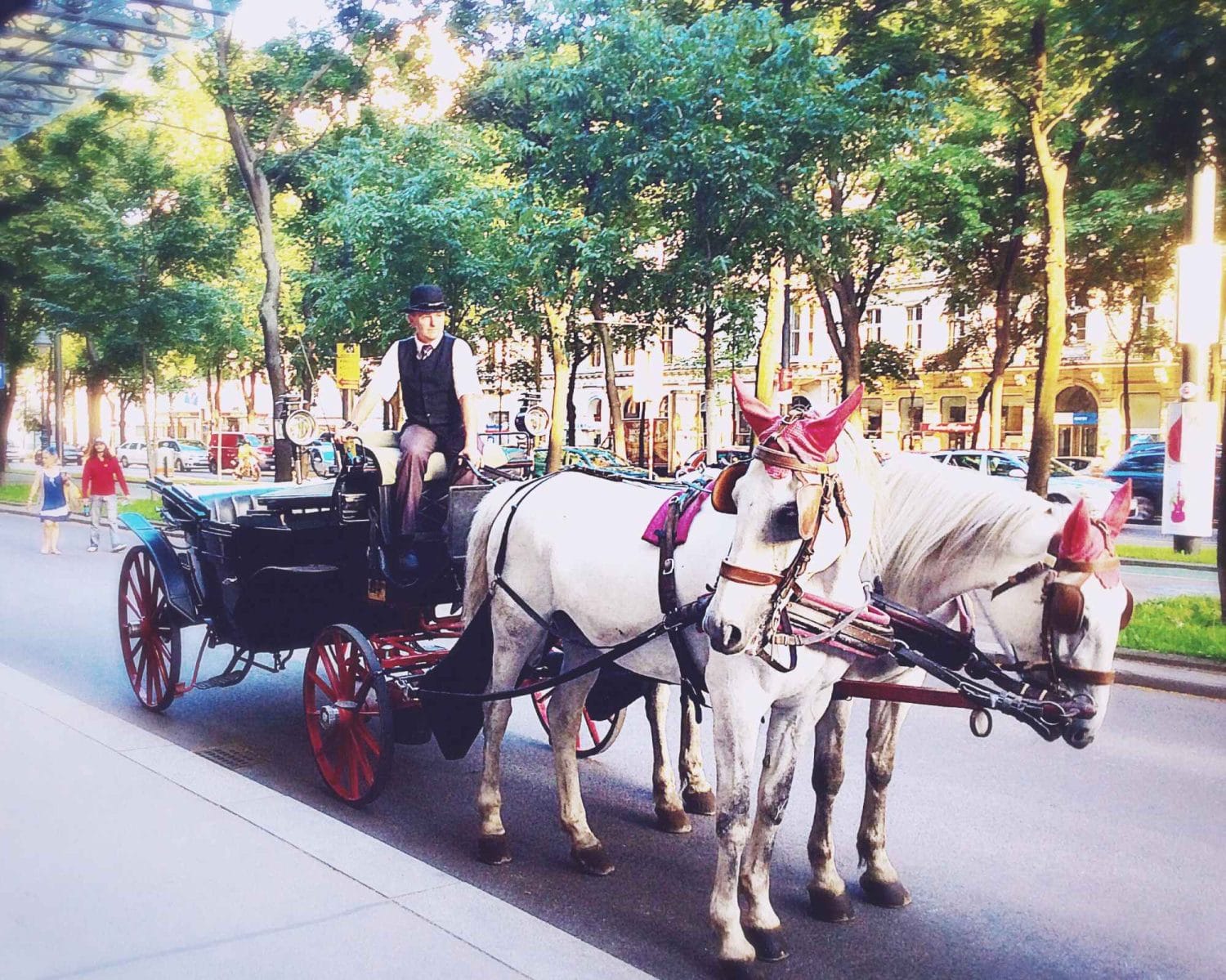
Navigating Through Time: A Chapter-by-Chapter Analysis of ‘The World of Yesterday’
Zweig’s Memoir: A Journey Across Europe’s Heart
An Intimate Exploration of Each Chapter
In ‘The World of Yesterday,’ Stefan Zweig takes us on an intimate journey through his life, with each chapter offering a unique perspective on the cultural, political, and social landscapes of Europe. As someone who has not only read but lived in the essence of what Zweig describes, I can attest that the memoir is not merely a read; it’s an experience where each chapter unfolds like a map of memories across the changing face of Europe.
Chapter One: The Lure of Vienna
The memoir begins with Zweig’s early memories of Vienna, a city he portrays as a hub of intellectual and cultural activity. Walking through the same streets of the Innere Stadt, one can’t help but feel the residual energy of an era when Vienna was a melting pot of ideas and art. Zweig’s Vienna, etched in the pages of his memoir, is alive and palpable in the city’s current atmosphere.
Chapter Two: Paris, Berlin, London – European Metropolises
In subsequent chapters, Zweig describes his time in Paris, Berlin, and London, cities that shaped his worldview. Having journeyed through these metropolises myself, I could see the reflections of Zweig’s experiences in the cultural tapestry of each city. The cafés of Paris where he might have penned his thoughts, the streets of Berlin echoing the tumult of the early 20th century, and the historical depth of London all resonate with Zweig’s narrative.
Deep Dive into Zweig’s European Experience
Chapters on War and Peace
As the memoir progresses, Zweig delves into the impact of World War I and its aftermath. His descriptions of the war’s effects on the European psyche are profound and deeply moving. It’s a journey through the collective memory of a continent scarred yet resilient. His chapters on the war, read with the backdrop of Vienna’s historical monuments, bring a hauntingly real sense of the past’s shadows.
The Golden Age of Security
Zweig’s reflections on the ‘Golden Age of Security’ are particularly poignant. This theme, explored in the middle chapters, offers a glimpse into a period of perceived stability, which in hindsight, teetered on the edge of seismic shifts. His insights into this era, juxtaposed with my own experiences in modern-day Vienna, underscore the ephemeral nature of peace and prosperity.
Zweig’s Memoir: A Time Capsule of Europe
Final Chapters: Exile and Reflection
The concluding chapters, where Zweig recounts his exile and the rise of Nazism, are perhaps the most heart-wrenching. Walking through the streets of Vienna today, one can sense the silent echoes of this tumultuous period. Zweig’s narrative transforms these historical sites from mere tourist attractions into poignant reminders of a past that still resonates.
A Personal Journey Through Zweig’s Lens
My journey through ‘The World of Yesterday’ was as much a personal exploration as it was a historical one. With each chapter, Zweig not only unraveled his life but also laid bare the soul of Europe. His memoir, read in the light of Vienna’s enduring beauty and scars, became a bridge connecting the past with the present, and his words a guide to understanding the complexities of European history.
To understand the present, it is crucial to understand the past. To understand Vienna, it is vital to understand the Austro-Hungarian Habsburg Empire.
Deciphering Zweig: Themes and Motifs in ‘The World of Yesterday’
The Golden Age of Security: A Central Theme
Understanding Stability and Prosperity Through Zweig
One of the most prominent and resonant themes in Stefan Zweig’s ‘The World of Yesterday’ is the ‘Golden Age of Security.’ This period, characterized by stability and prosperity, laid the foundation for the world that existed before the tumultuous events of the world wars. Zweig’s depiction of this era is not just a nostalgic recall of a peaceful time; it’s a critical examination of how this perceived security shaped the cultural and social landscape of Vienna and, by extension, Europe.
Experiencing Vienna’s Past Prosperity
Walking through the streets of Vienna, where Zweig spent his formative years, one can still sense remnants of this ‘Golden Age.’ The grandiose architecture, the well-preserved art, and the rich cultural traditions reflect a time when Vienna was at the zenith of its influence. Zweig’s memoir helped me understand that this era was not just about wealth and peace, but about a mindset that prioritized stability and continuity, which deeply influenced the Viennese way of life.
Themes of Cultural and Intellectual Flourishing
Vienna: A Hub of Intellectual and Artistic Activity
Another significant theme in Zweig’s memoir is the cultural and intellectual flourishing of Vienna. As someone who has explored Vienna’s historic coffee houses and museums, the connection to Zweig’s descriptions of intellectual debates and artistic endeavors is palpable. The city, during Zweig’s time, was a melting pot of ideas, where writers, philosophers, and artists congregated to exchange thoughts and shape the cultural discourse.
Personal Reflections on Viennese Intellectualism
My experiences in places like Café Central or the Burgtheater provided a direct link to the past that Zweig describes. Sitting in these historic venues, I felt connected to the intellectual vibrancy of Zweig’s Vienna, where discussions on literature, politics, and art were a part of everyday life. This theme of intellectual and artistic vibrancy, so central to Zweig’s narrative, continues to be a defining characteristic of Vienna.
The Impact of Sociopolitical Changes
Zweig’s Observations on a World in Transition
Zweig’s memoir also delves into the sociopolitical changes that upended the stability of the ‘Golden Age.’ He chronicles the rise of nationalism, the impact of the world wars, and the shift towards modernity. These themes, explored through Zweig’s personal lens, offer a unique perspective on how such changes affected not only the broader European landscape but also the individual lives within it.
Relating to Zweig’s Vienna in Modern Times
As I wandered through the historic streets of Vienna, Zweig’s reflections on these transitions provided a context for understanding the city’s evolution. The architectural styles, from Baroque to Modernist, the diverse population, and the city’s role as a global metropolis, all speak of the profound transformations that Zweig witnessed and documented.
Conclusion: A Timeless Exploration of Viennese Culture
Zweig’s Legacy: Understanding Vienna’s Cultural Identity
In ‘The World of Yesterday,’ Stefan Zweig not only chronicles his life but also paints a vivid picture of the themes and motifs that defined an era. His exploration of the ‘Golden Age of Security,’ the intellectual and artistic vibrancy of Vienna, and the impact of sociopolitical changes, provides a profound understanding of how these elements shaped Viennese culture and identity. For anyone exploring the historical and cultural depths of Vienna, Zweig’s memoir is an essential guide, offering insights that resonate as much today as they did in his time.
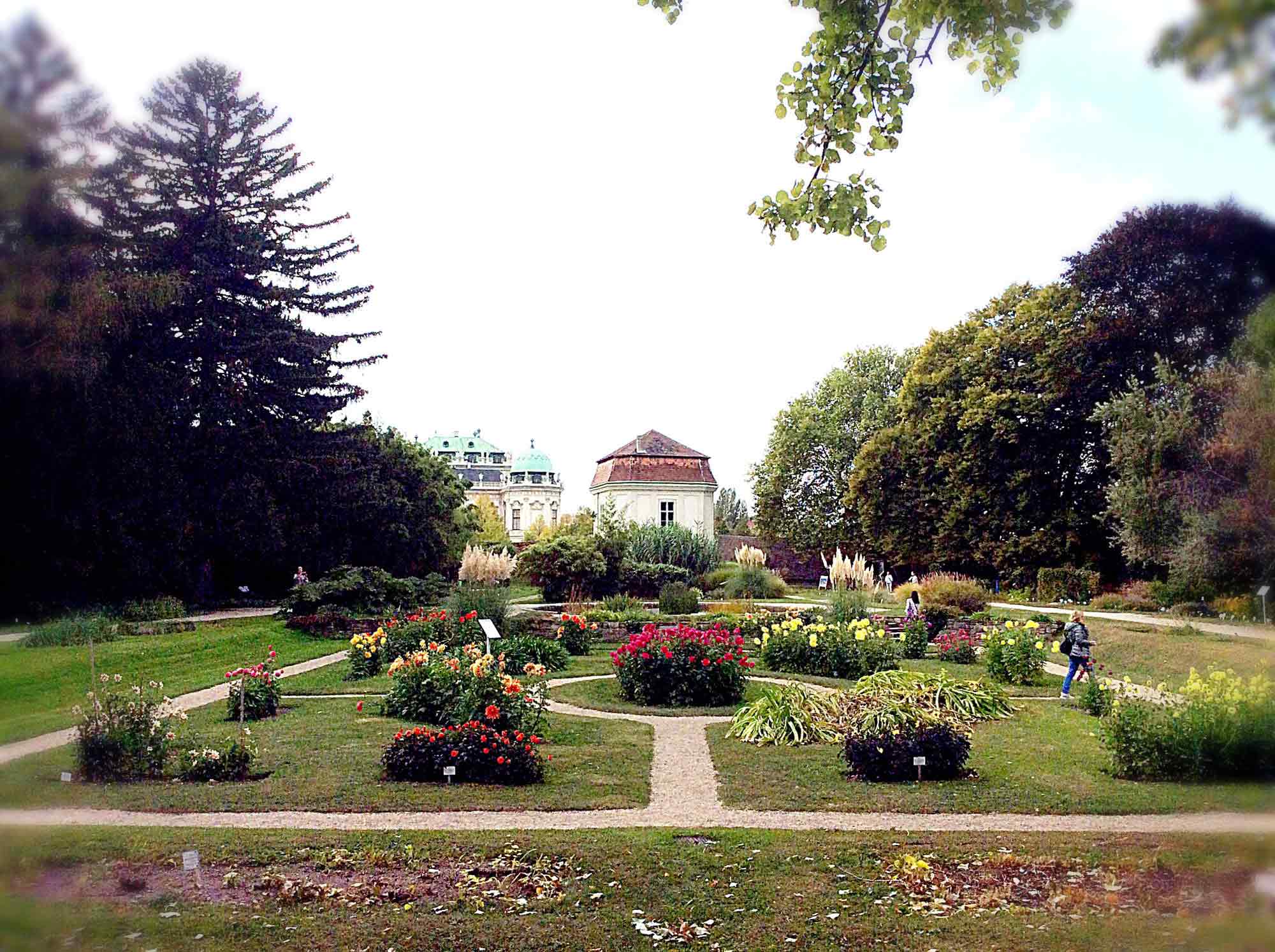
Mastering the Art of Storytelling: Zweig’s Literary Style and Technique
Zweig’s Unique Narrative Approach
Blending the Personal with the Historical
Stefan Zweig’s literary technique stands out for its seamless blend of personal experiences with the broader historical context. His ability to intertwine his own life story with the monumental events of his time creates a narrative style that is both evocative and insightful. As someone who has traversed the same streets and absorbed the same cultural air of Vienna, I found Zweig’s style not just a method of storytelling, but a way to bring history alive, making it relatable and tangible.
Immersive Storytelling: A Personal Reflection
Reading Zweig’s works, especially ‘The World of Yesterday,’ felt like being transported back in time. His vivid descriptions of Vienna, the intellectual conversations in coffee houses, and the atmosphere of pre-war Europe are so immersive, they resonate deeply with anyone who has experienced the historical richness of these places. Zweig’s narrative bridges the gap between past and present, allowing readers to walk alongside him through the streets of a bygone era.
Zweig’s Evocative Descriptive Power
Painting Pictures with Words
Zweig’s skill in descriptive writing is exceptional. His ability to paint pictures with words brings scenes vividly to life. His descriptions of Vienna, from the majestic Ringstrasse to the intimate interiors of a Viennese salon, are so richly detailed that they evoke a strong sense of place. My own walks through Vienna were enriched by Zweig’s descriptions, as I could see the layers of history and culture that he so eloquently portrayed in his writings.
Connecting with Zweig’s Vienna
During my visits to places like the Belvedere Palace or the Prater, I felt a deep connection to Zweig’s Vienna. His descriptions of these places go beyond mere physical attributes; they capture the spirit and the ambiance of the era. This evocative power makes Zweig’s work timeless, bridging centuries and connecting readers to the historical heart of Europe.
Insightful Commentary on Social and Cultural Dynamics
Understanding the Complexities of Zweig’s Time
Zweig’s narrative style is also marked by its depth of insight into the social and cultural dynamics of his time. He had a keen eye for the subtleties of human behavior and the complexities of societal changes. His reflections on the cultural shifts in Vienna, the political upheavals in Europe, and the intellectual debates of his time offer profound insights into the world he lived in.
A Journey Through History with Zweig
My journey through Zweig’s works has been as much about understanding the past as it has been about appreciating the nuances of his literary style. His technique of blending the personal with the historical has provided me with a deeper understanding of how individual experiences are intertwined with broader historical narratives. This approach makes his works not just historical accounts, but rich, layered stories that offer a multifaceted view of history.
 Bridging Eras: The Enduring Impact of ‘The World of Yesterday’
Bridging Eras: The Enduring Impact of ‘The World of Yesterday’
Historical Insight: Zweig’s Reflection of Early 20th-Century Europe
A Window into the Sociopolitical Landscape
‘The World of Yesterday’ by Stefan Zweig is not merely a memoir; it is a historical document that offers an unmatched perspective on the sociopolitical dynamics of early 20th-century Europe. As someone who has not only read Zweig’s work but also explored the cities and cultures he described, I can attest to the authenticity and depth with which he captures the essence of the era. His detailed account provides invaluable insights into the complexities and upheavals that shaped the early 1900s in Europe.
Personal Resonance with Historical Narratives
Walking through the historic streets of Vienna, I could feel the presence of the world that Zweig described. The architectural grandeur, the cultural institutions, and the remnants of the Austro-Hungarian Empire all speak to the era that Zweig vividly brings to life in his memoir. His narrative bridges the gap between historical events and personal experiences, offering a unique perspective that enriches the reader’s understanding of this pivotal period in European history.
Contemporary Relevance: Understanding Modern Vienna
Echoes of the Past in Present-Day Vienna
The contemporary relevance of ‘The World of Yesterday’ lies in its profound impact on understanding modern Vienna. Zweig’s reflections on the city, its culture, and its identity during a time of immense change provide a context for comprehending the Vienna of today. As a visitor and observer of contemporary Vienna, I have seen firsthand how the sentiments and cultural shifts described by Zweig still resonate within the city’s fabric. The blend of imperial legacy and modern innovation in Vienna is a direct reflection of the transformative era Zweig captures in his memoir.
A Guide to Viennese Cultural Identity
Zweig’s work is more than a historical recounting; it is a guide to the heart and soul of Vienna. The insights into Viennese culture, society, and identity that Zweig provides are invaluable for anyone seeking to understand the city beyond its surface beauty. His depiction of Vienna’s transition from the capital of a vast empire to a modern republic offers a lens through which we can view the city’s current standing as a cultural and historical hub in Europe.
Conclusion: Zweig’s Memoir as a Timeless Resource
A Bridge Between History and Modernity
In ‘The World of Yesterday,’ Stefan Zweig has created a timeless resource that bridges history and modernity. His meticulous documentation of early 20th-century Europe and his insightful commentary on the sociopolitical and cultural shifts of the era provide a framework for understanding not only the past but also the present and future of European culture. For anyone exploring Vienna, Zweig’s memoir is an essential companion, enriching the experience with a deeper understanding of the city’s rich history and evolving identity.
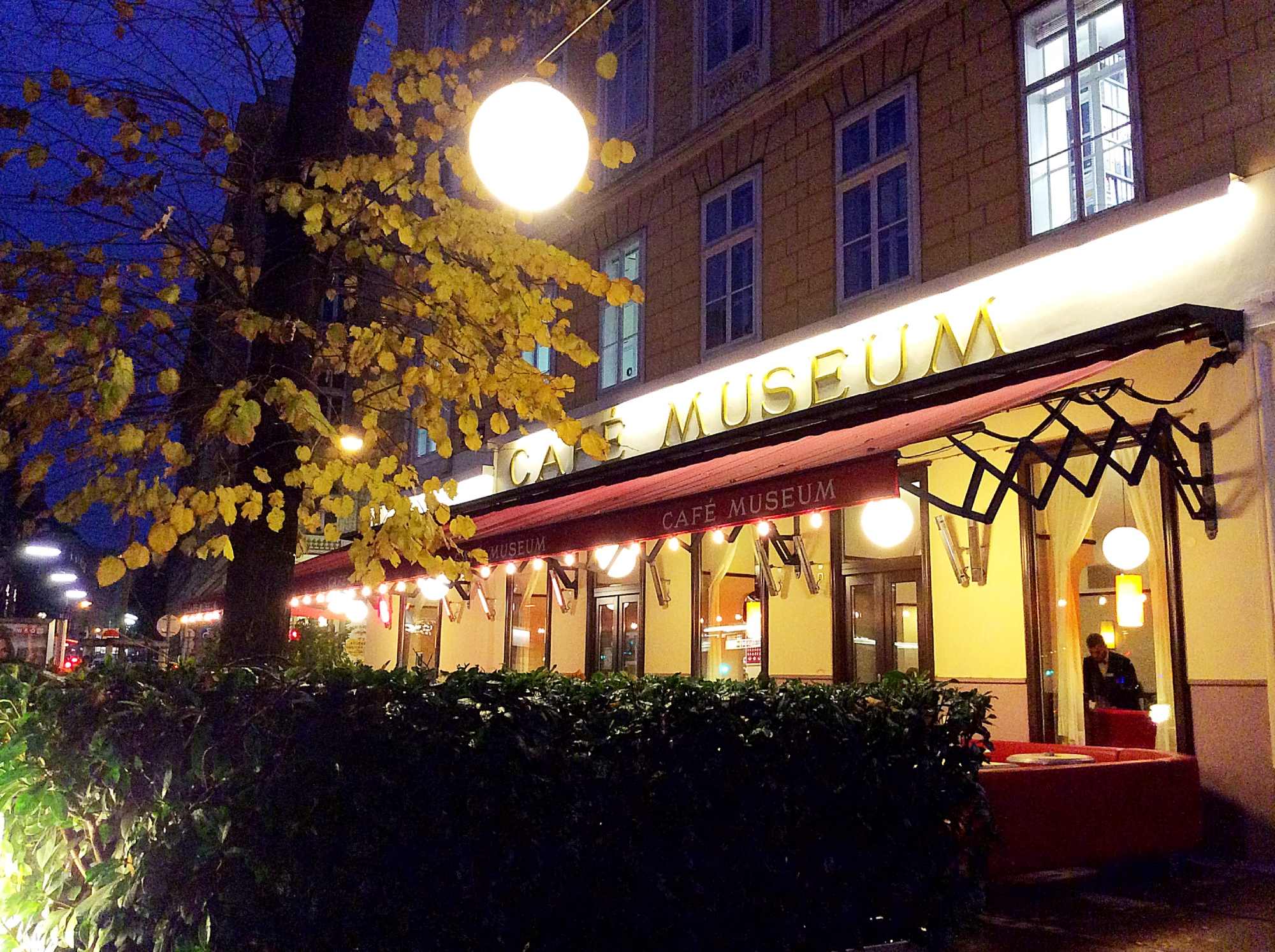
The Lasting Literary Legacy of Stefan Zweig, The World of Yesterday
Zweig’s Timeless Influence on Modern Literature
Inspiring Contemporary Authors
Stefan Zweig’s influence in the literary world extends far beyond the confines of his own era. His unique thematic focus and narrative style have continued to inspire and resonate with contemporary authors, showcasing an enduring legacy that transcends time. As an avid reader and writer who has been deeply influenced by Zweig’s work, I’ve observed firsthand how his approach to storytelling and character development has permeated modern literature.
Personal Insights into Zweig’s Literary Impact
In my own literary journey, Zweig’s works have been a constant source of inspiration. His ability to delve into the complexities of human emotion and the intricacies of societal change has provided a blueprint for creating compelling narratives. Modern writers, including myself, often draw upon Zweig’s masterful blend of personal introspection and broader historical context to enrich our storytelling.
The Influence of Zweig’s Narrative Style
A Model for Modern Storytelling
Zweig’s narrative style, marked by its psychological depth and empathetic approach, has become a model for contemporary writers. His technique of exploring the inner workings of his characters has encouraged modern authors to delve deeper into the psychological aspects of their protagonists. This has led to a richer, more nuanced form of storytelling in contemporary literature.
Adapting Zweig’s Techniques in Contemporary Writing
In my own writing, I have found Zweig’s approach to character development particularly enlightening. The way he unravels the layers of his characters’ thoughts and emotions has inspired me to approach my characters with a similar depth and complexity. This has not only enriched my writing but also provided a more immersive experience for my readers.
Zweig’s Thematic Contributions to Modern Literature
Exploring Human Nature and Societal Change
Zweig’s thematic focus on human nature and societal change remains highly relevant in today’s literary landscape. His exploration of themes such as identity, exile, and the impact of political upheaval has provided a rich foundation for modern writers to build upon. These themes continue to be explored in contemporary literature, reflecting the ongoing relevance of Zweig’s insights.
Incorporating Zweig’s Themes in Contemporary Works
As a writer who explores similar themes in my work, I have often looked to Zweig for guidance and inspiration. His ability to capture the zeitgeist of his time while creating timeless narratives is something that I, along with many other modern writers, strive to emulate. Zweig’s work serves as a reminder of the power of literature to reflect and shape our understanding of the world.
Conclusion: Celebrating Zweig’s Enduring Influence
A Testament to the Power of Literature
Stefan Zweig’s influence on modern writers and the literary landscape is a testament to the enduring power of great literature. His work not only shaped the literary trends of his time but continues to inspire and influence contemporary authors. Zweig’s legacy in literature is a vivid reminder of the timeless nature of storytelling and its ability to connect us across generations.




